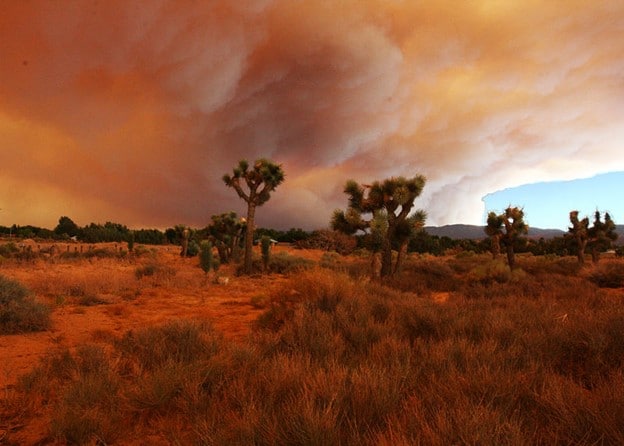Pacific Gas and Electric (PG&E) commissioned its first hybrid renewable microgrid, built and installed by BoxPower. The microgrid is planned as a permanent replacement of overhead distribution lines and is the first in a series of microgrids, the utility said.
PG&E said it has located hundreds of areas that would benefit from microgrid deployment and has targeted up to 20 operational remote grid sites by the end of 2022.
The microgrid, which PG&E said will help reduce the risk of wildfires, will supply power to a handful of customers in a High Fire-Threat District (HFTD) outside of Yosemite National Park in Briceburg, California. Rather than having long distribution lines run through HFTD areas to pockets of isolated customers, the microgrid allows for localized electricity delivery.
This microgrid project echoes some principles of the solutions proposed by Sunrun, which has worked to build distributed grids with solar and storage for increased reliability and safety.
The construction uses BoxPower’s SolarContainer, which provides a total PV capacity of 36.5 kW, as well as a 27.2kW/ 68.4/kWh lithium ferro phosphate storage system. Almost 90% of the energy produced will be generated by renewable sources, with the remainder from two integrated propane generators. A fire suppression system will protect the hardware and facility.
Californians have witnessed PG&E’s saga, from culpability in wildfires, to bankruptcy, as well as the call for more renewables and storage. The utility also released a 1,000-page Wildfire Safety Plan in response to the tragic wildfires witnessed in recent years.
This content is protected by copyright and may not be reused. If you want to cooperate with us and would like to reuse some of our content, please contact: editors@pv-magazine.com.









Great Start for PG&E. Thomas Edison used microgrids with DC power but did not have Photovoltaic solar cells or Lithium batteries to power it, only coal and oil. He was just 120 years ahead of his time so now, we have to deal with AC power, being transmitted over hundreds of miles, at millions of volts with billions of dollars of already built infrastructure that has not been fully capitalized. (or paid off). The greatest microgrid is a homeowner’s, solar and batteries, powering their own home and the excess going to their neighbors through the existing distribution lines with the utility only getting a “Usage Fee” to cover their costs.